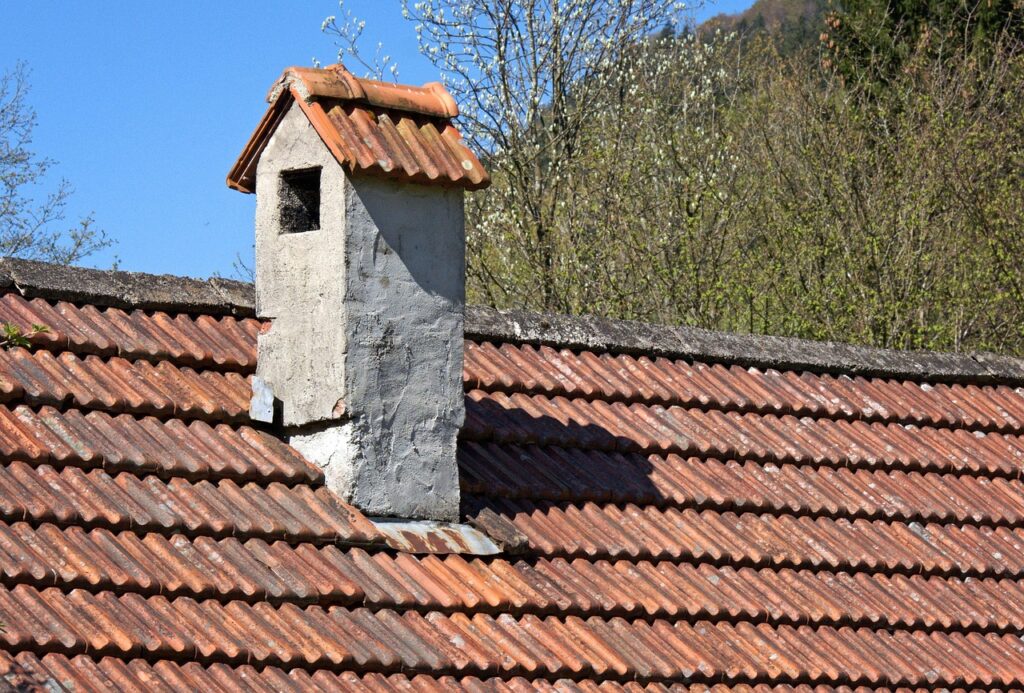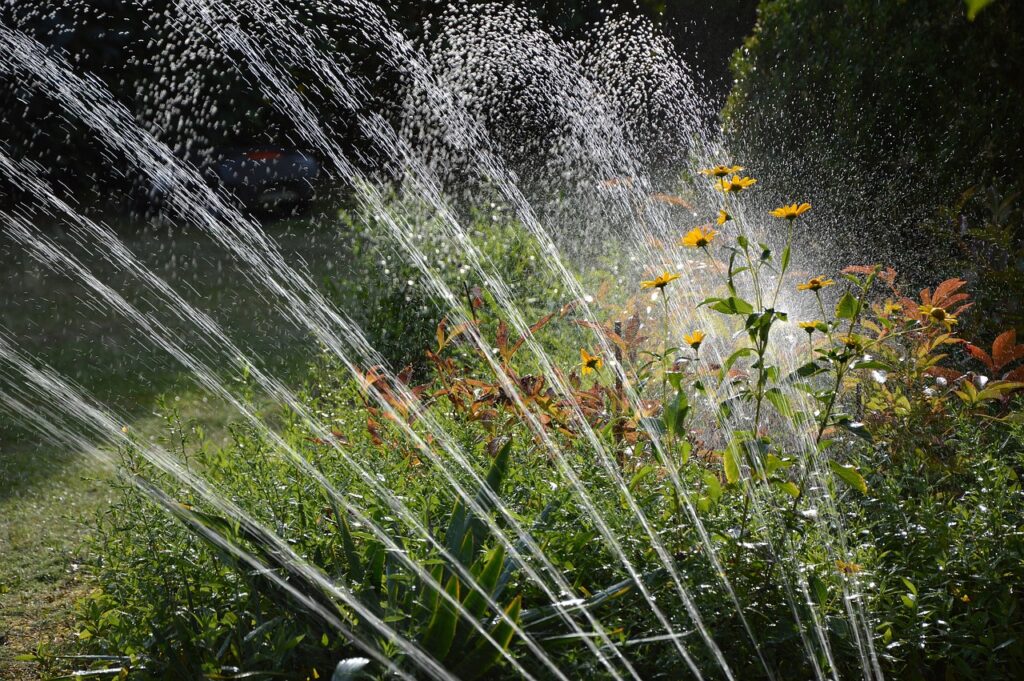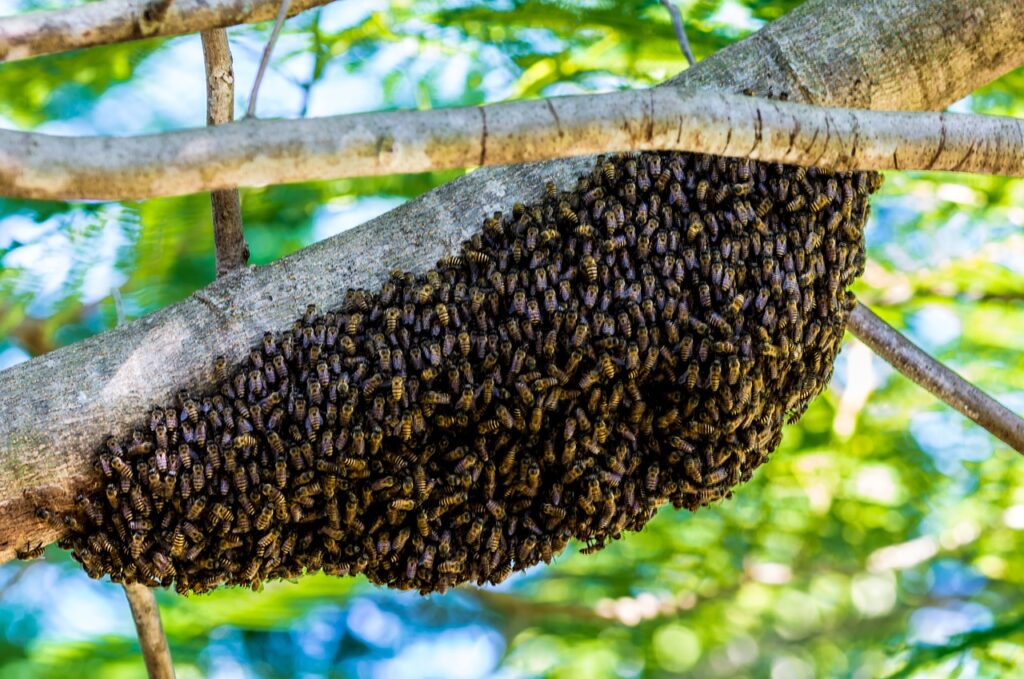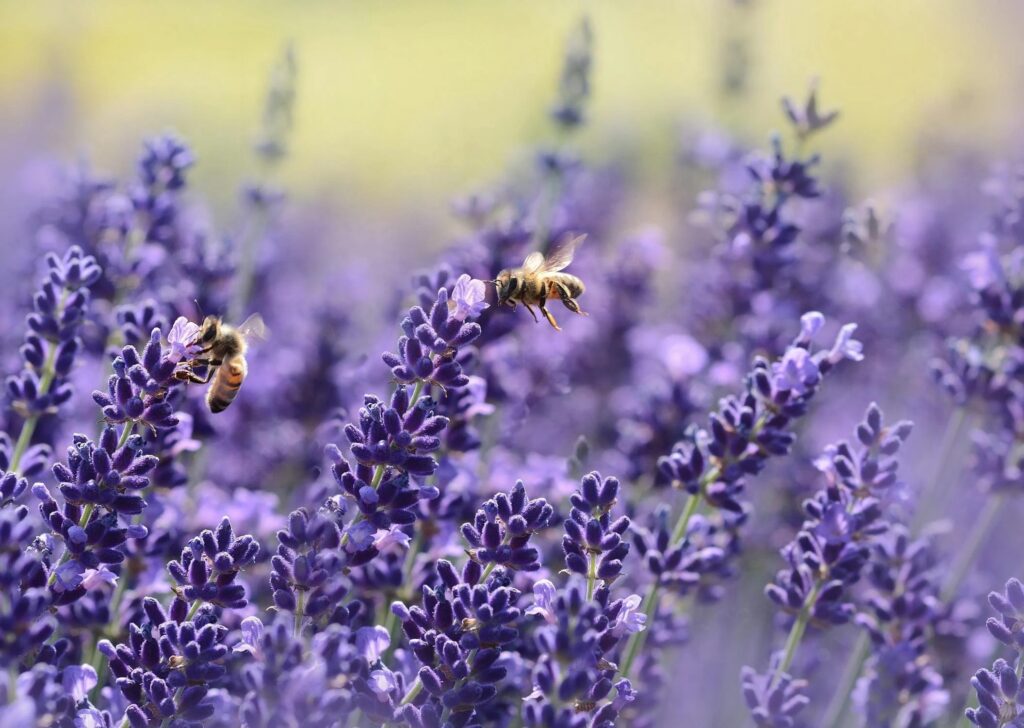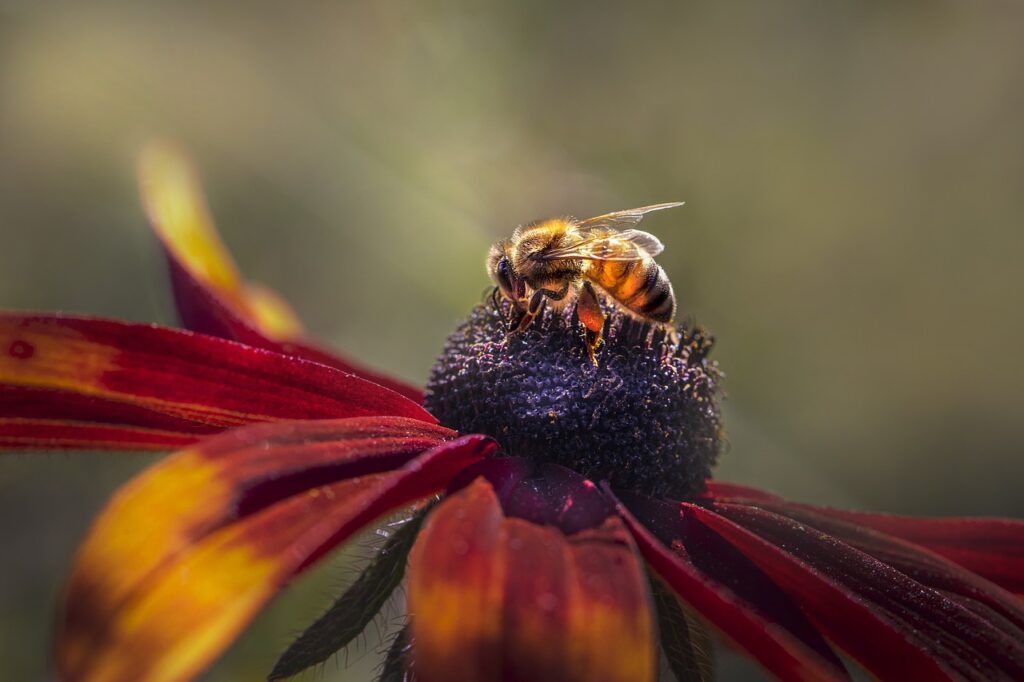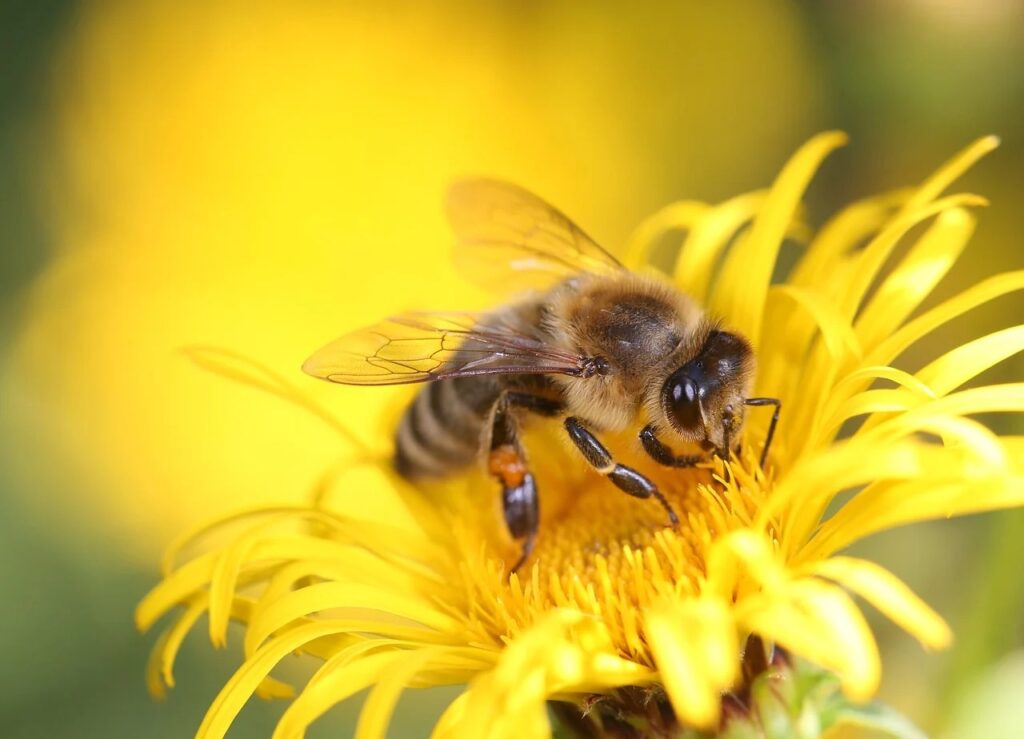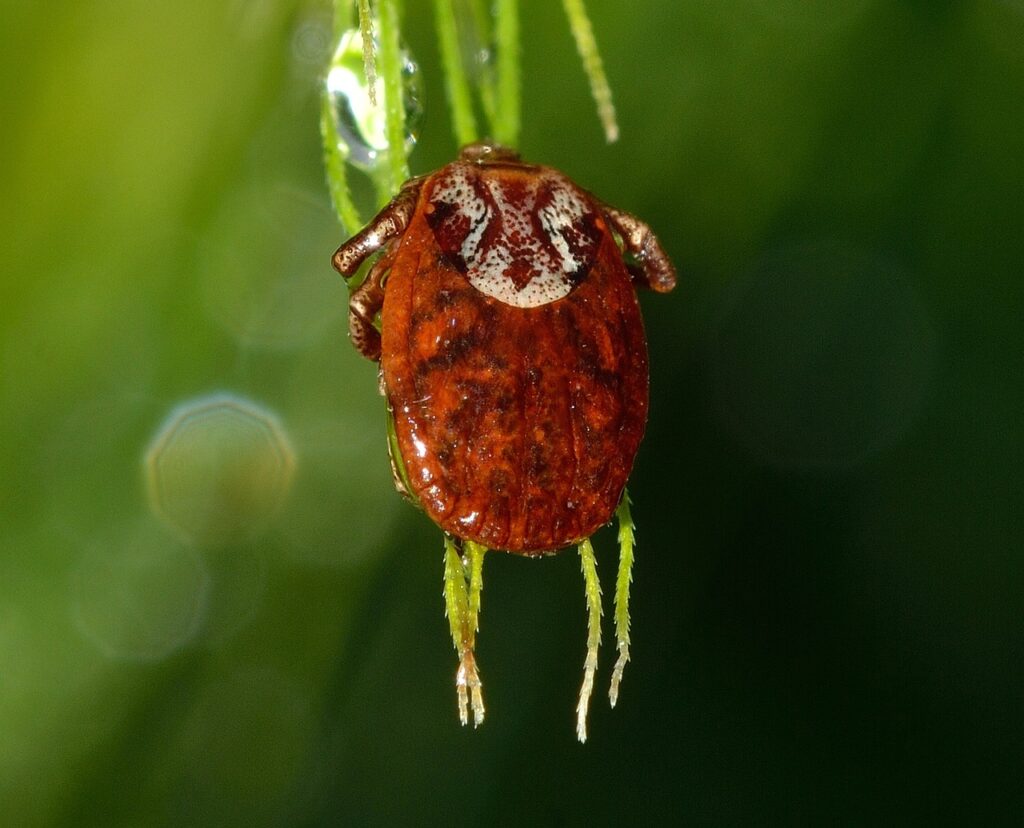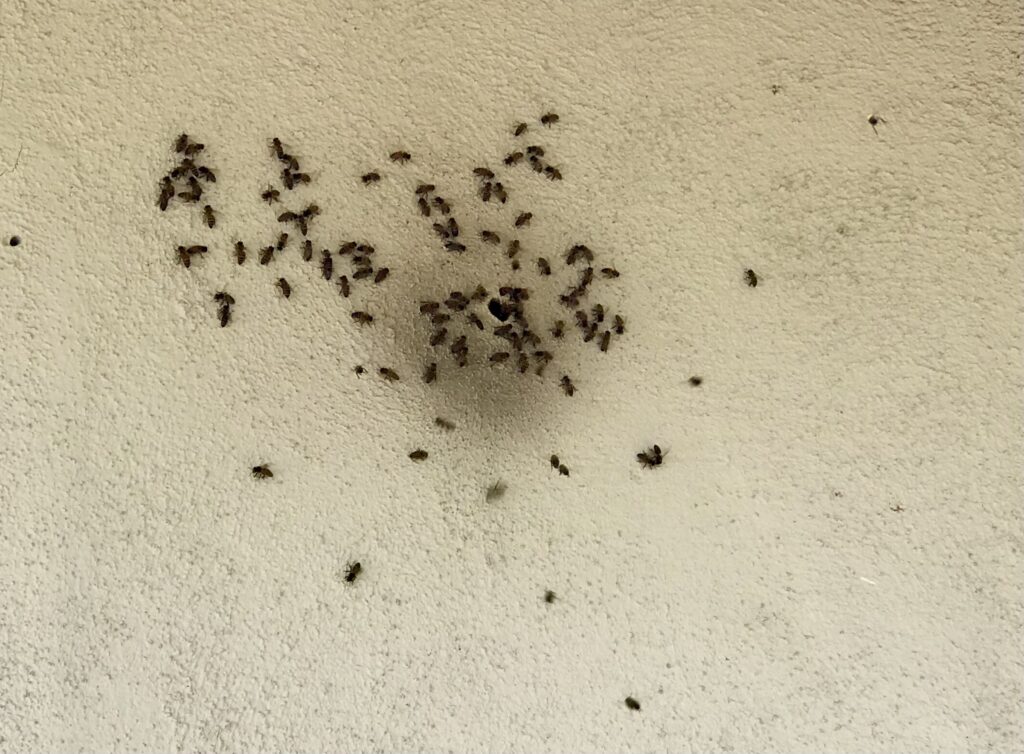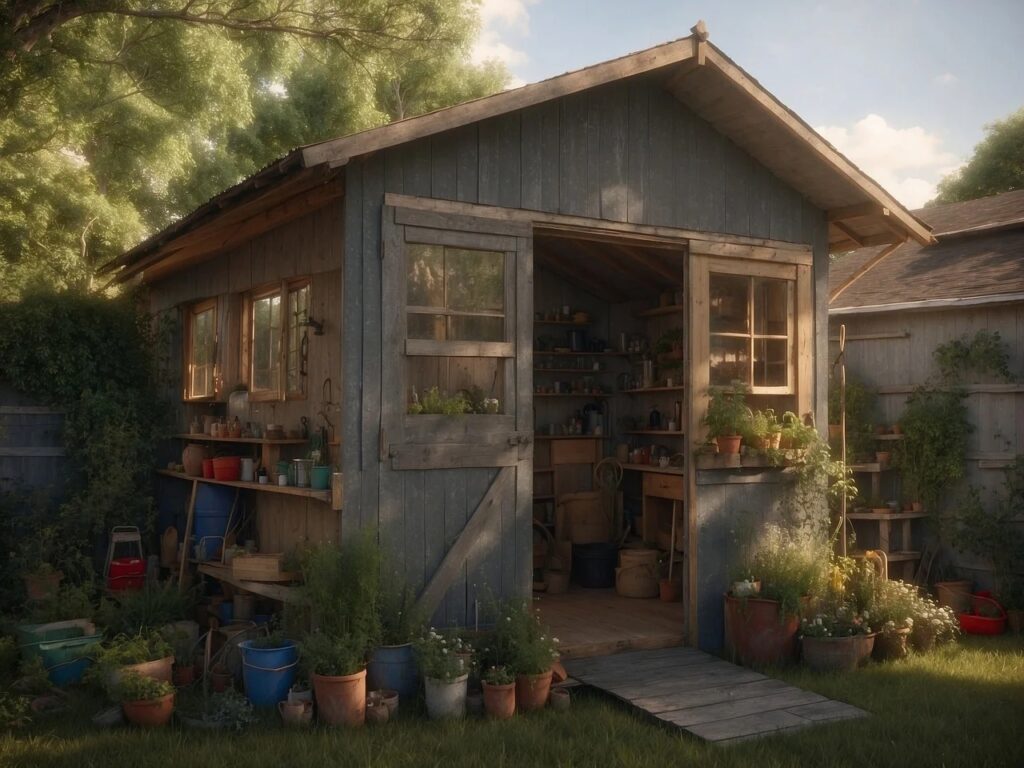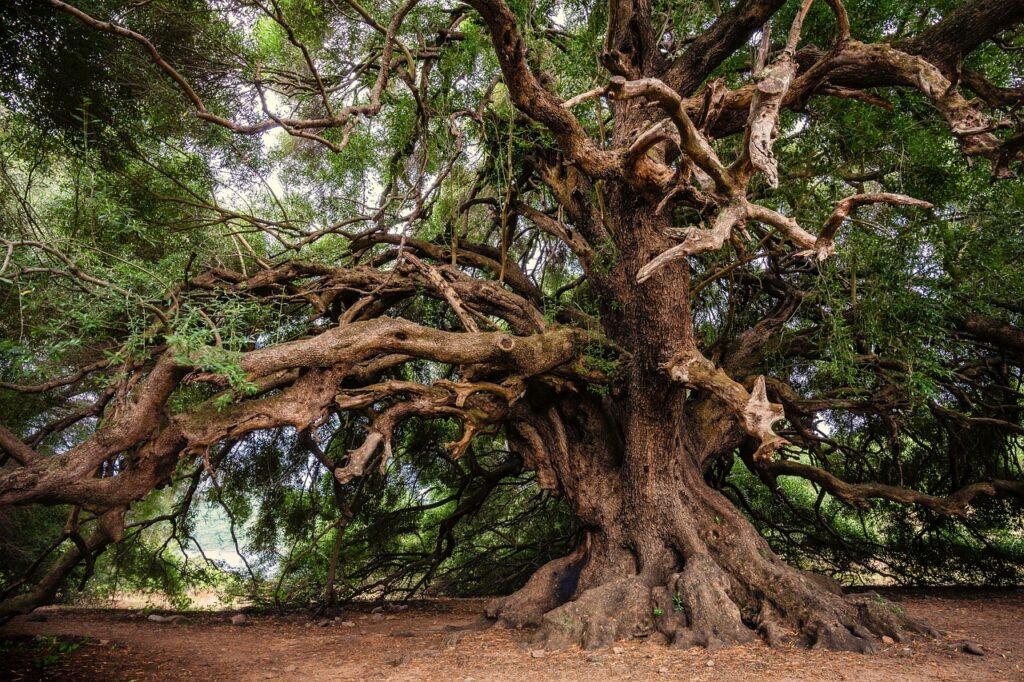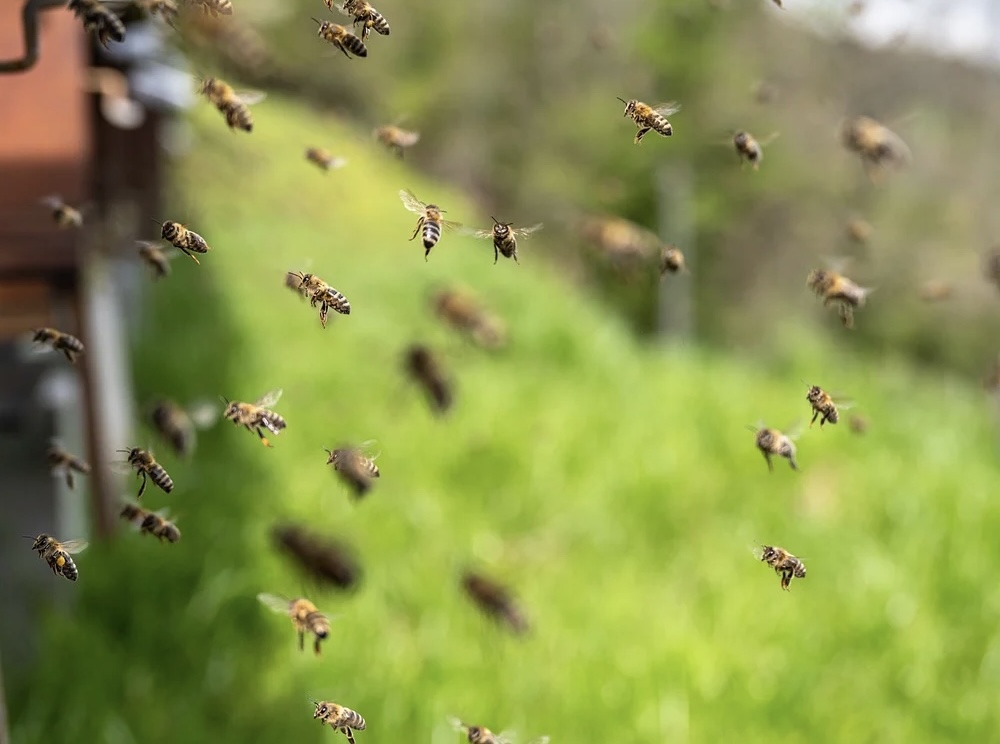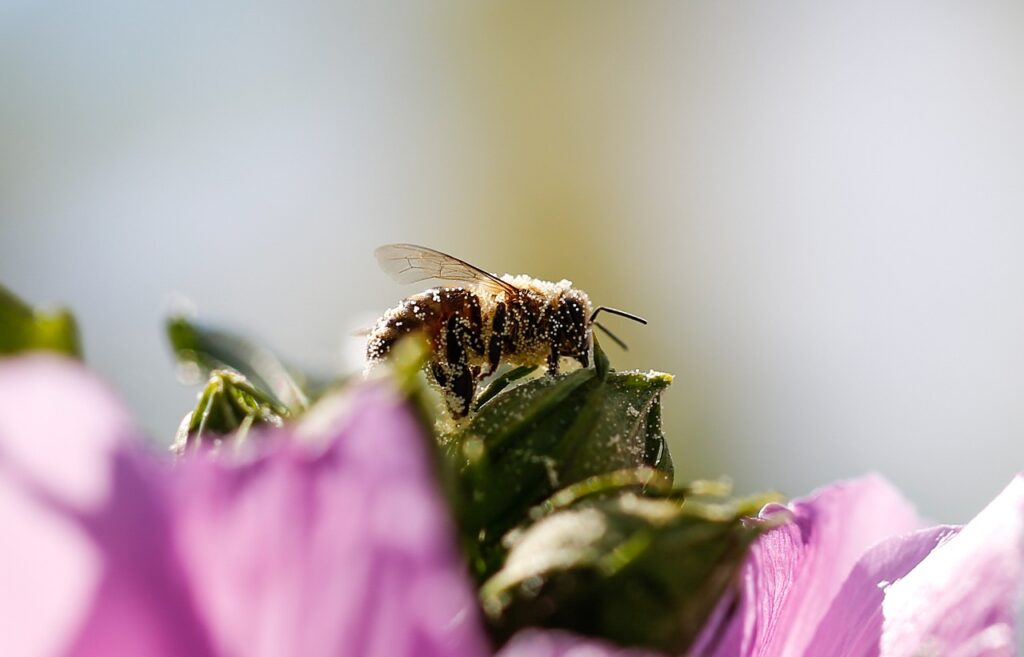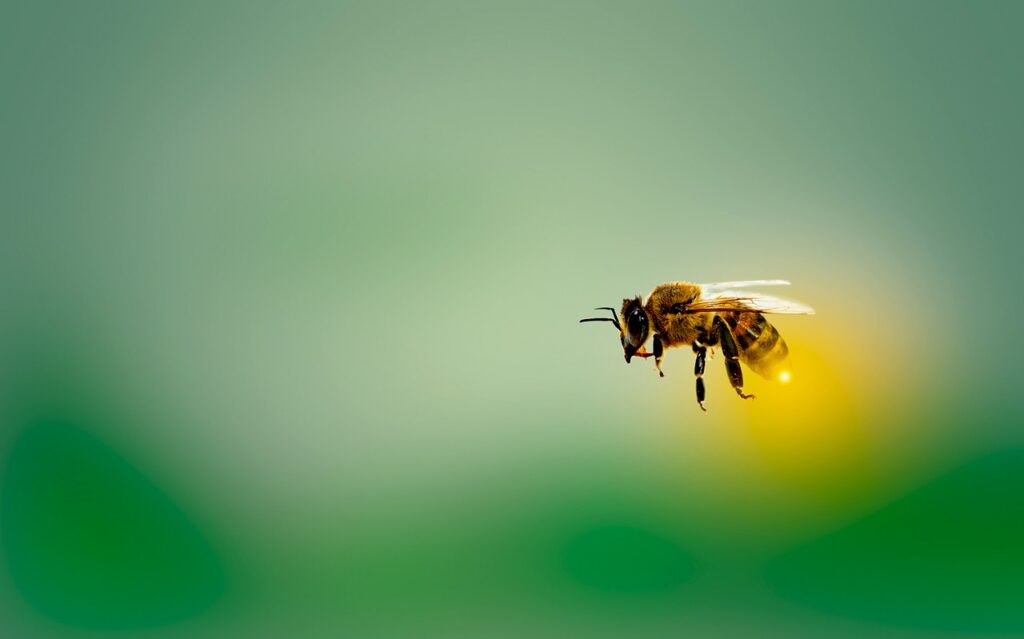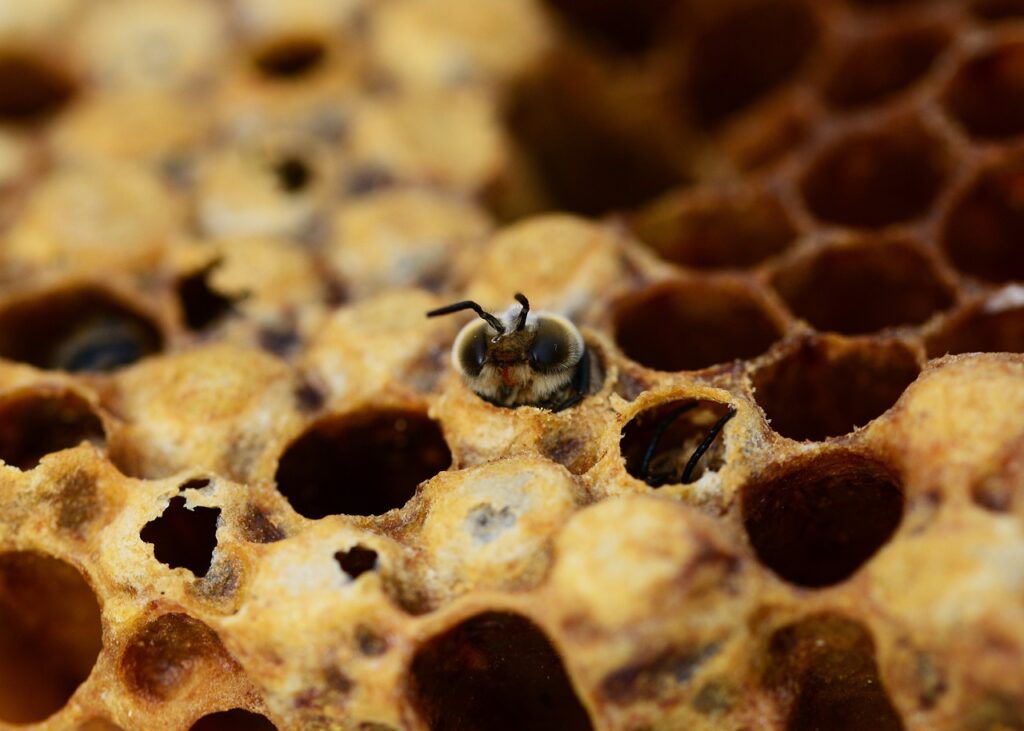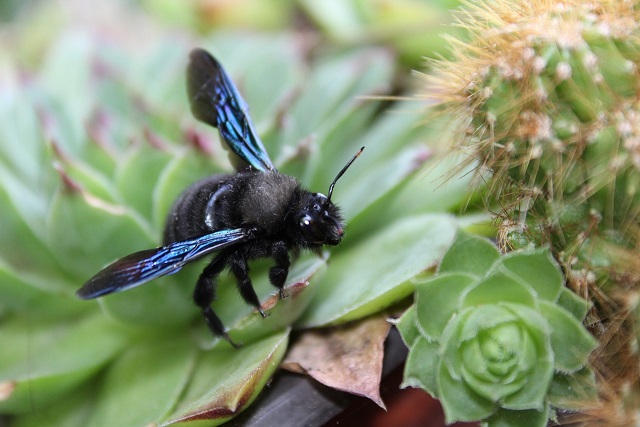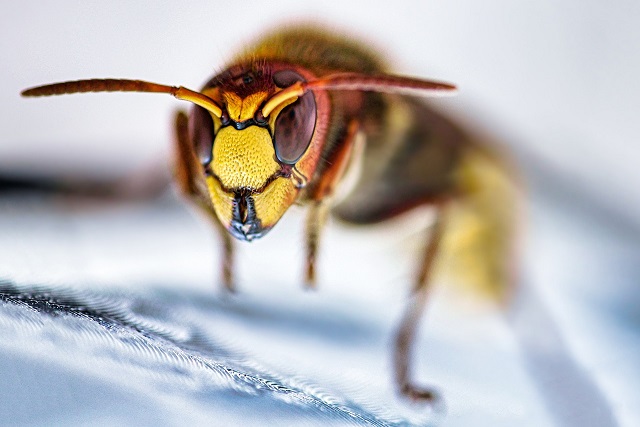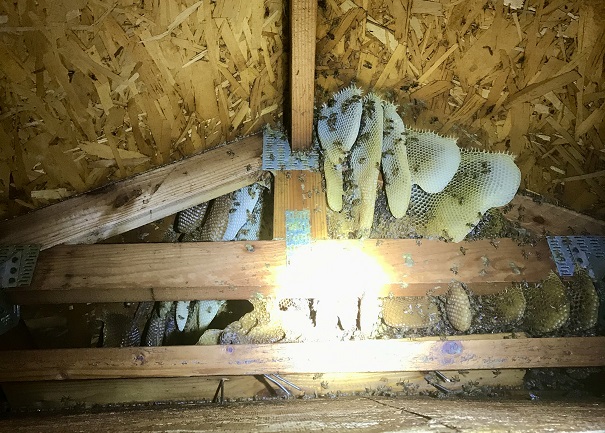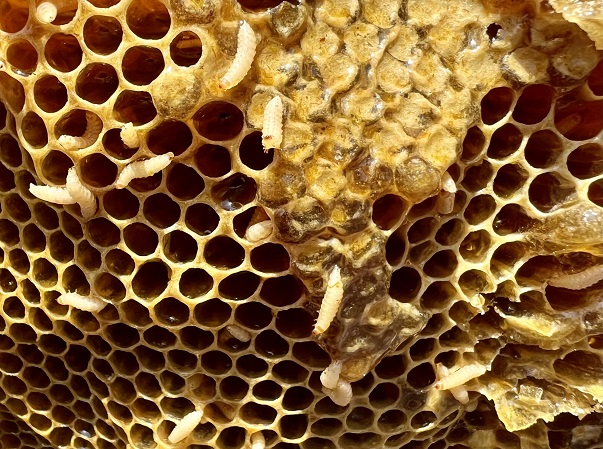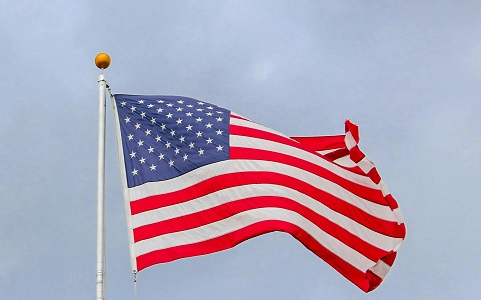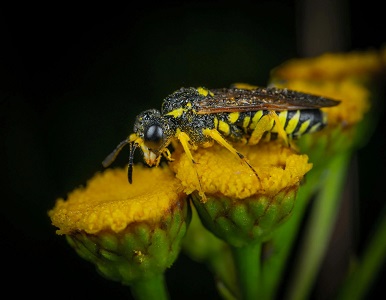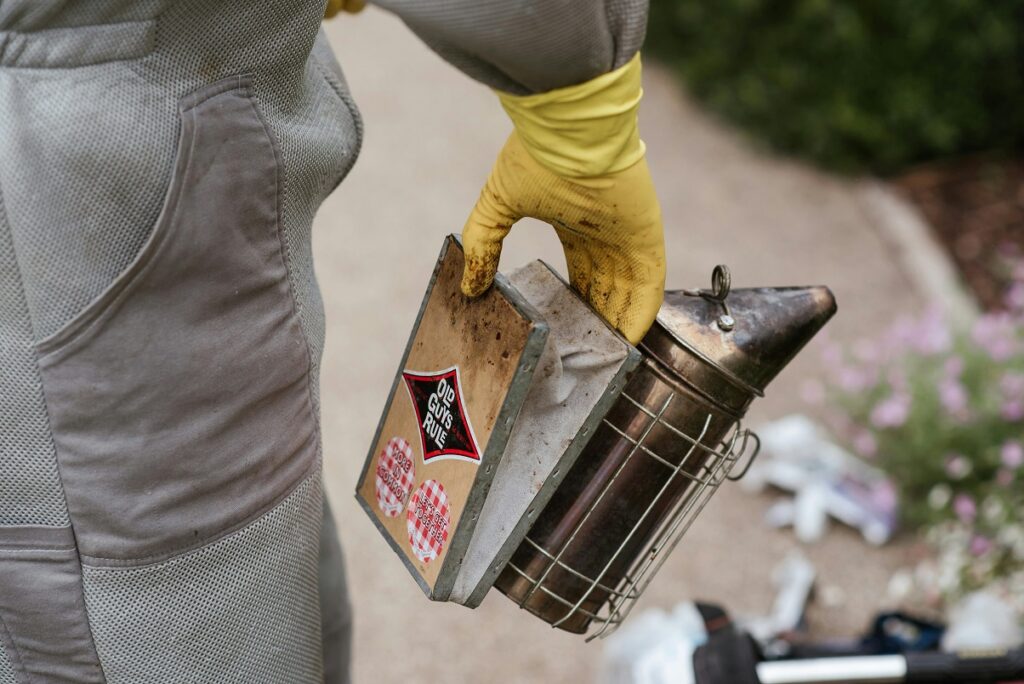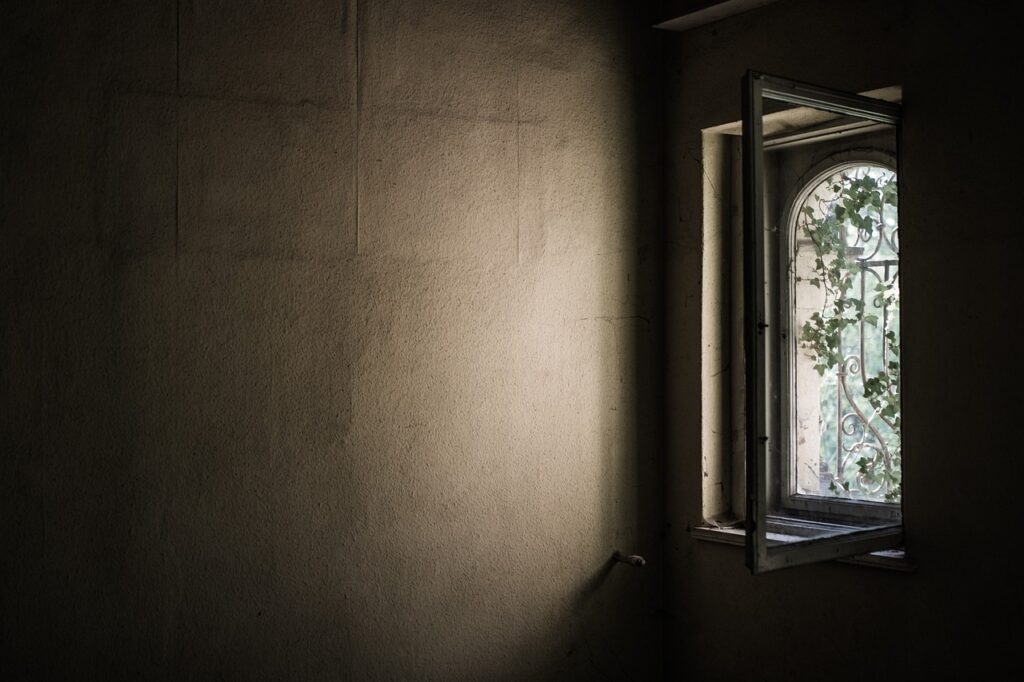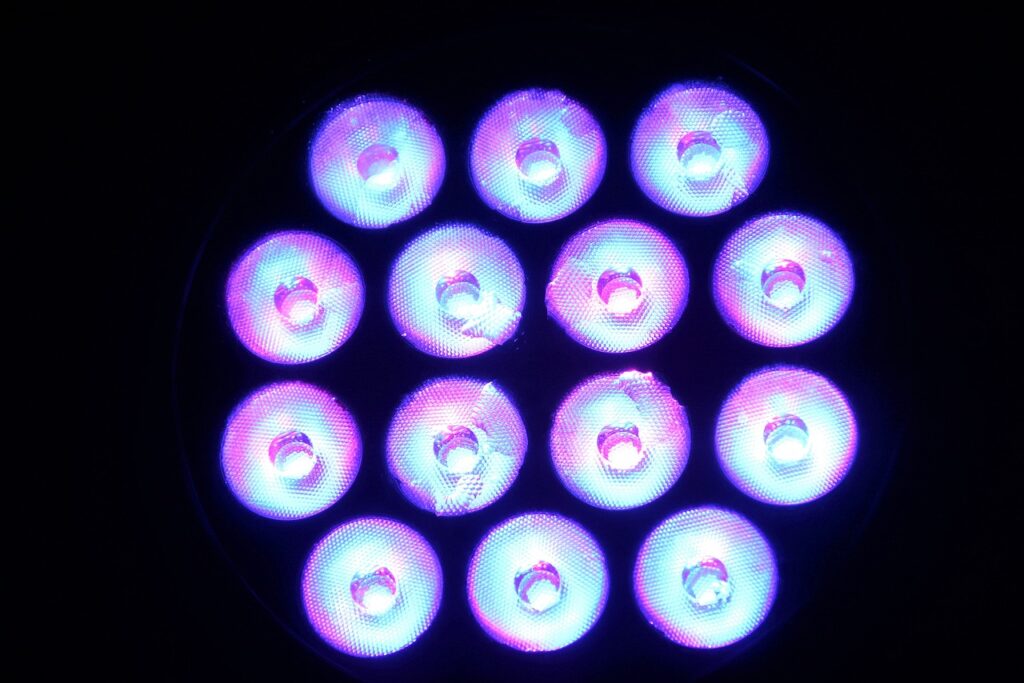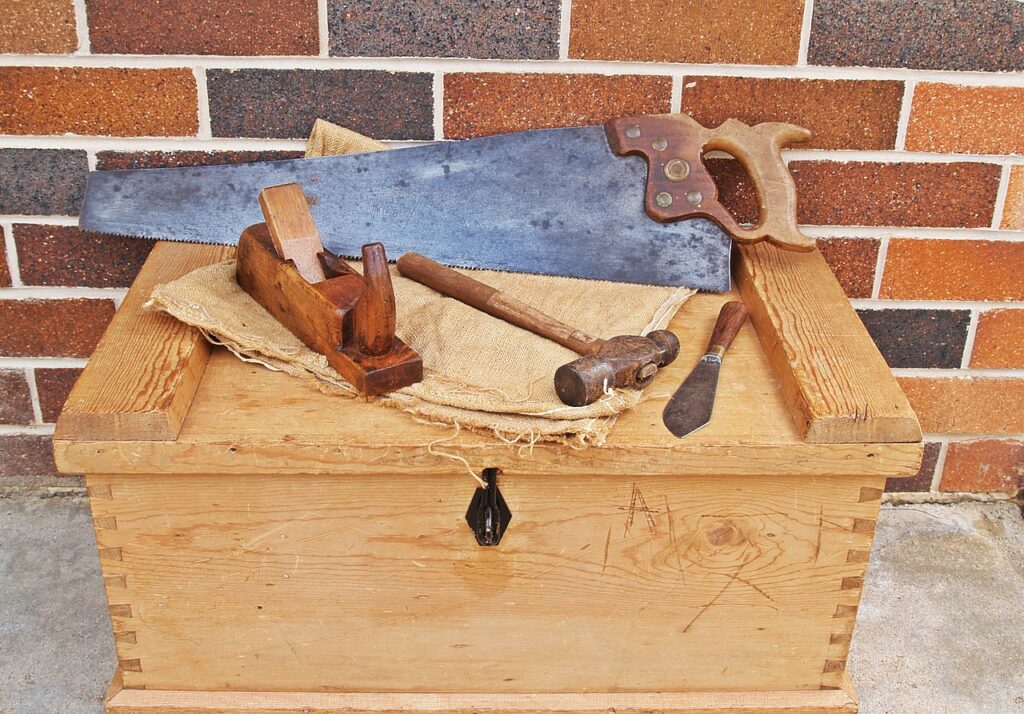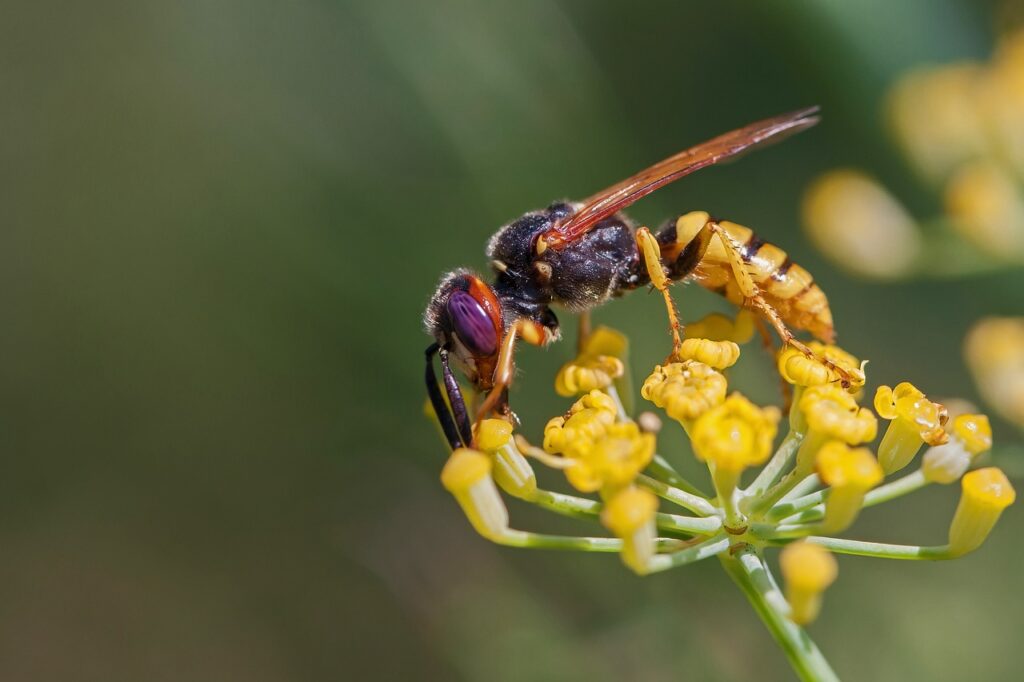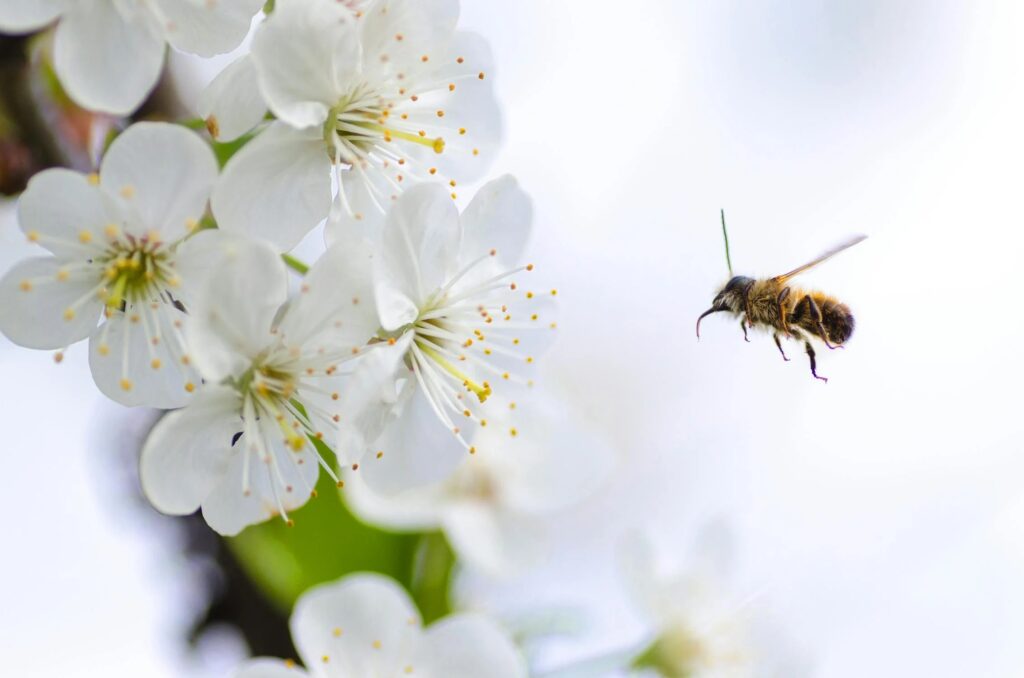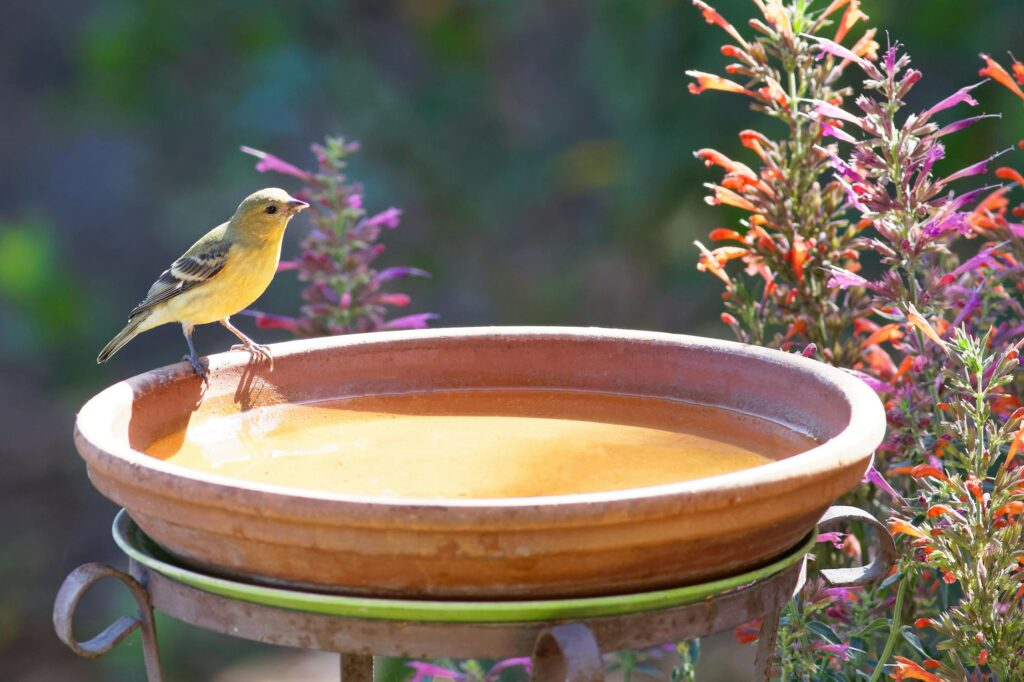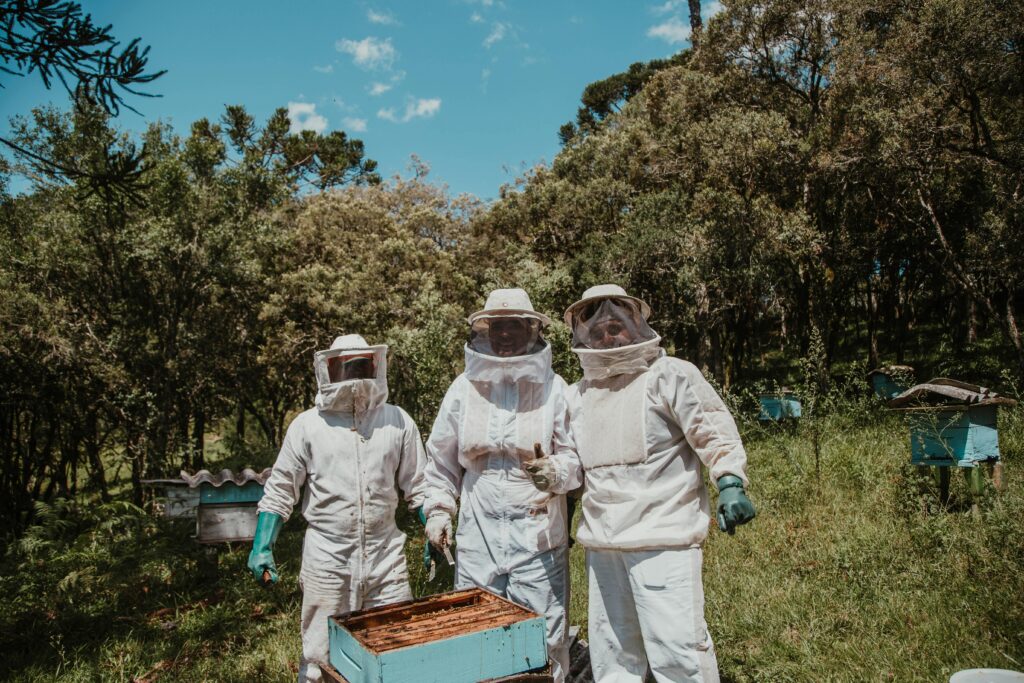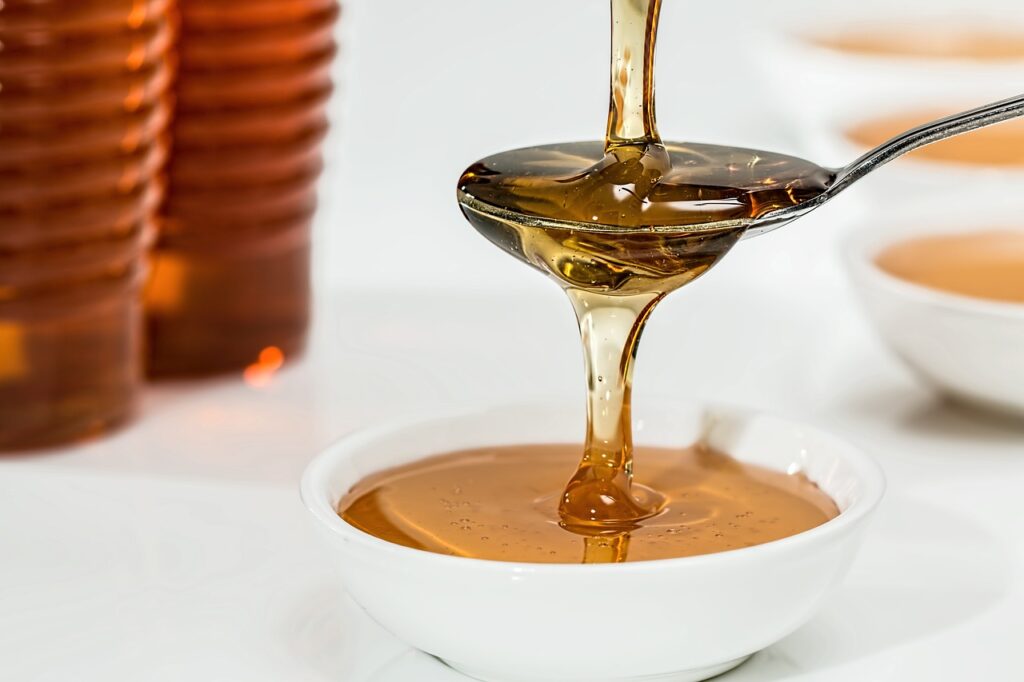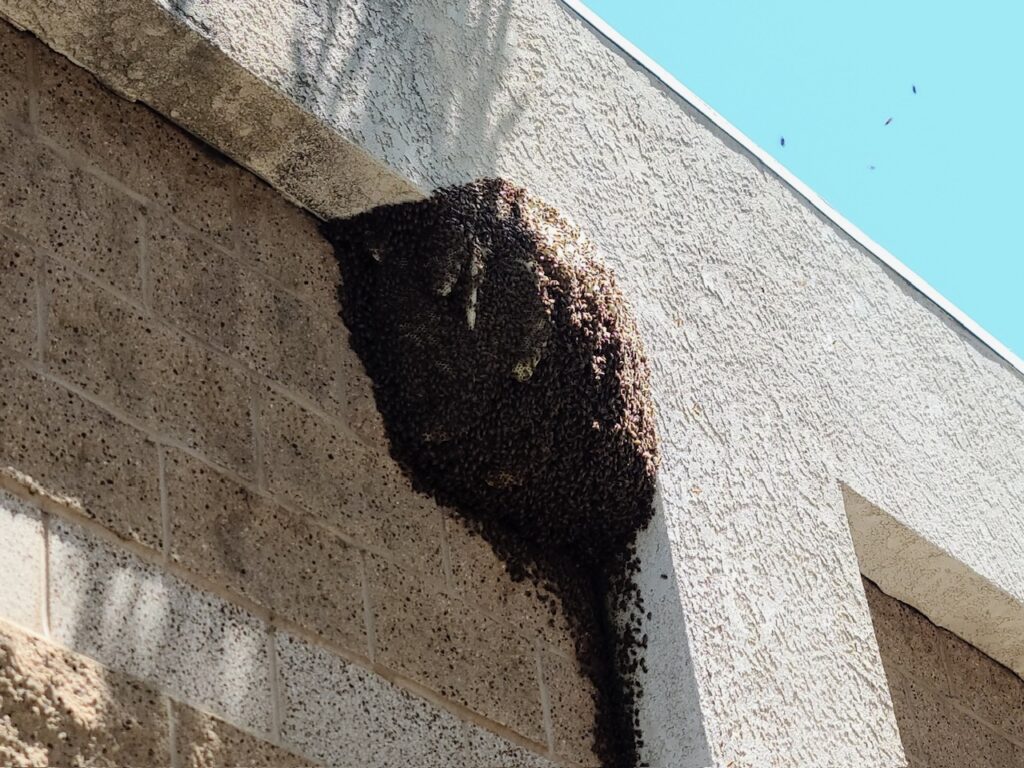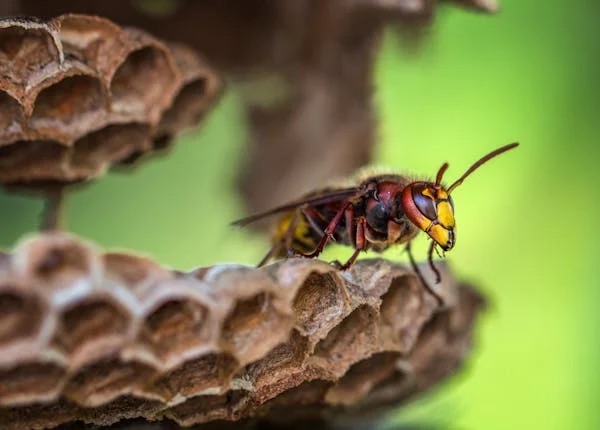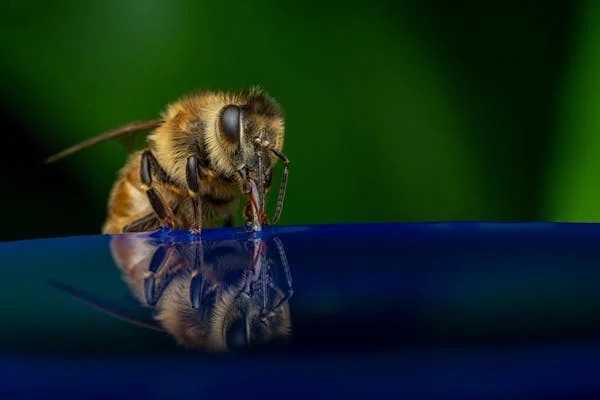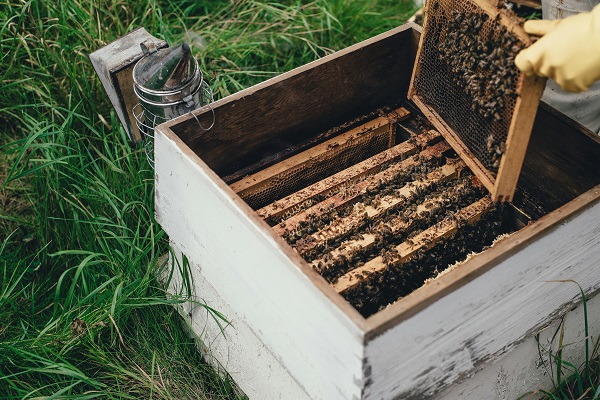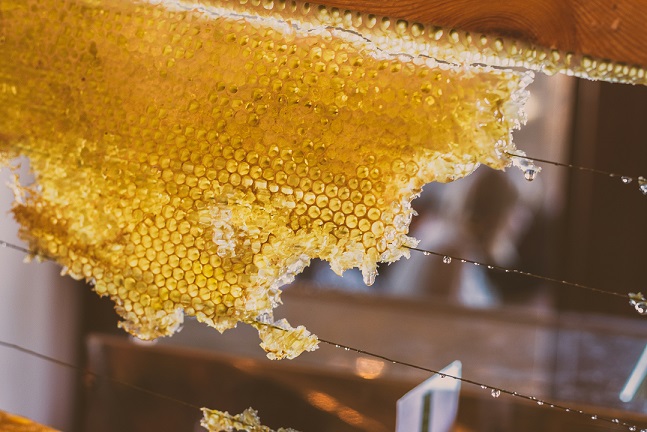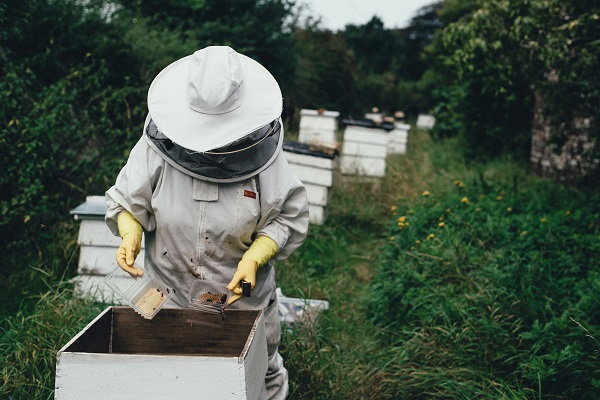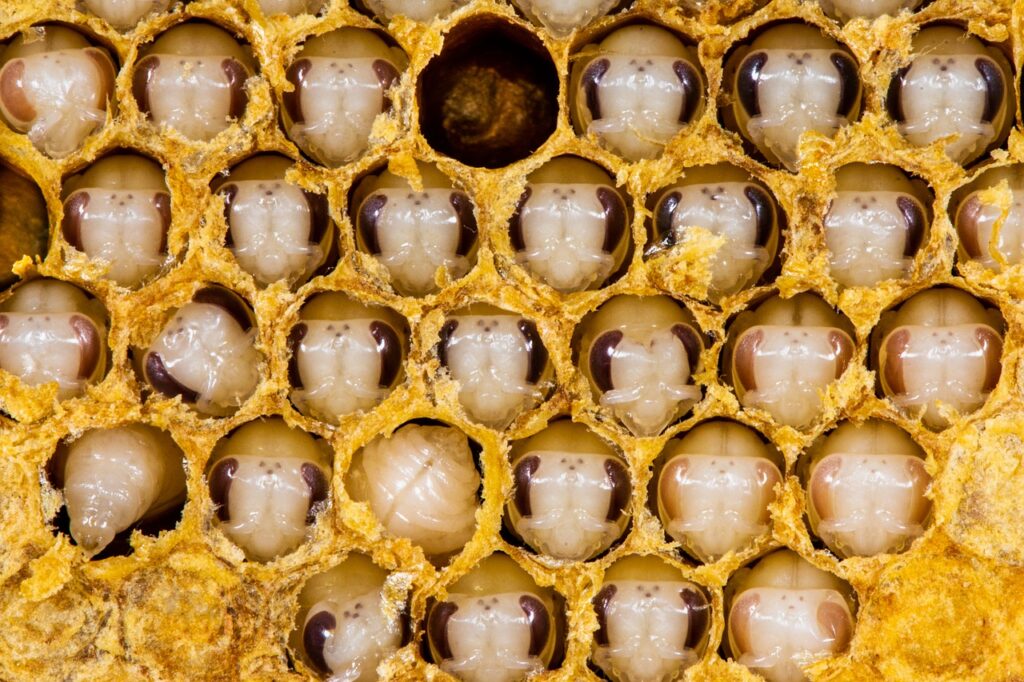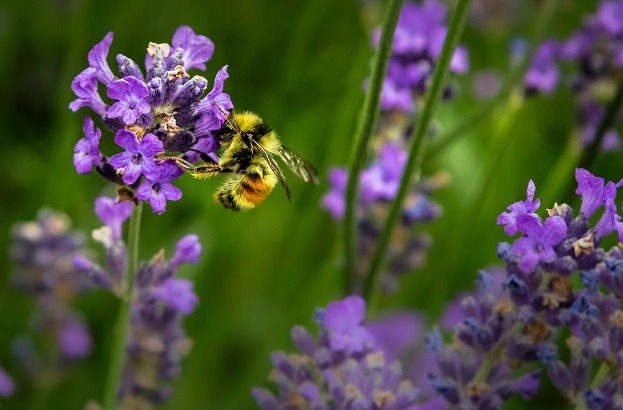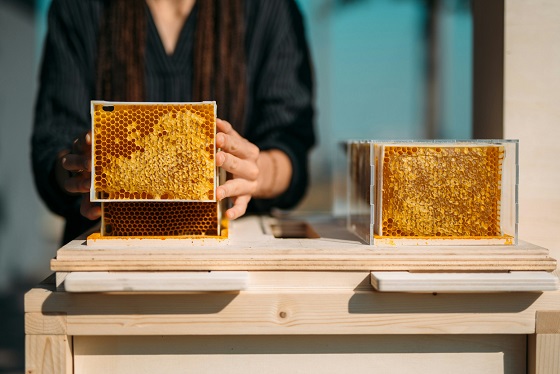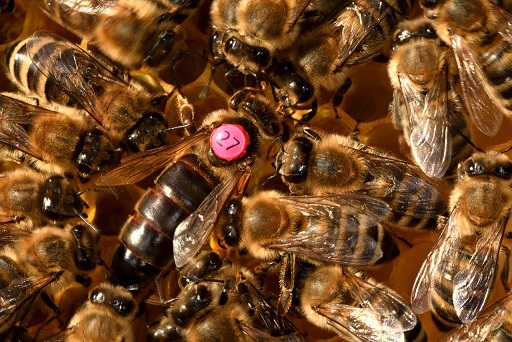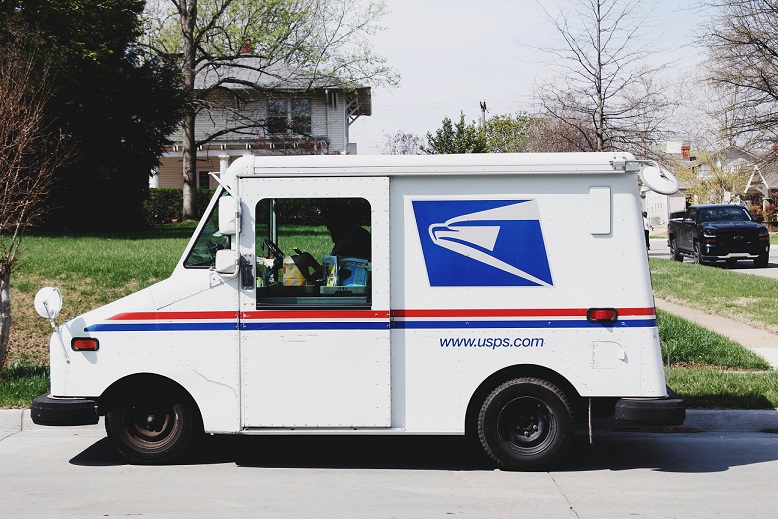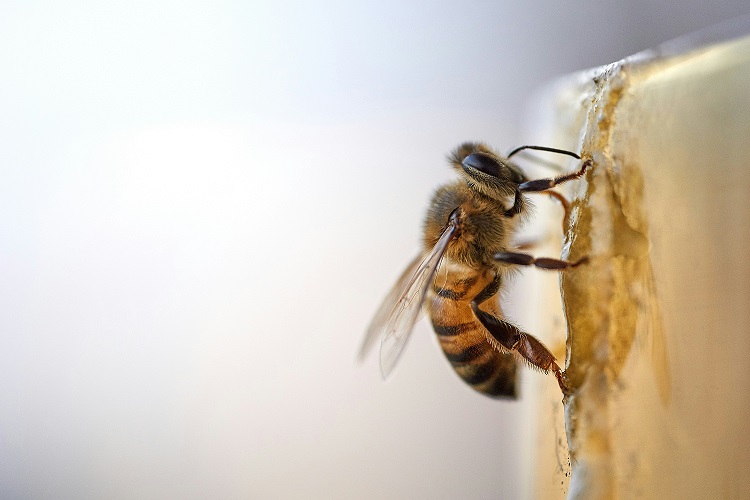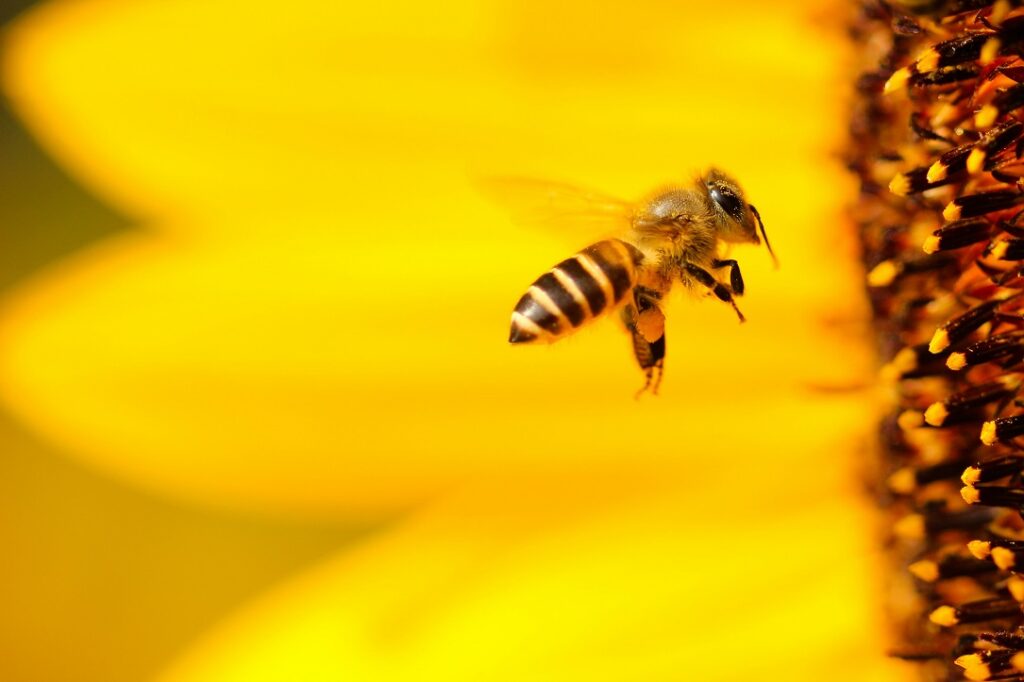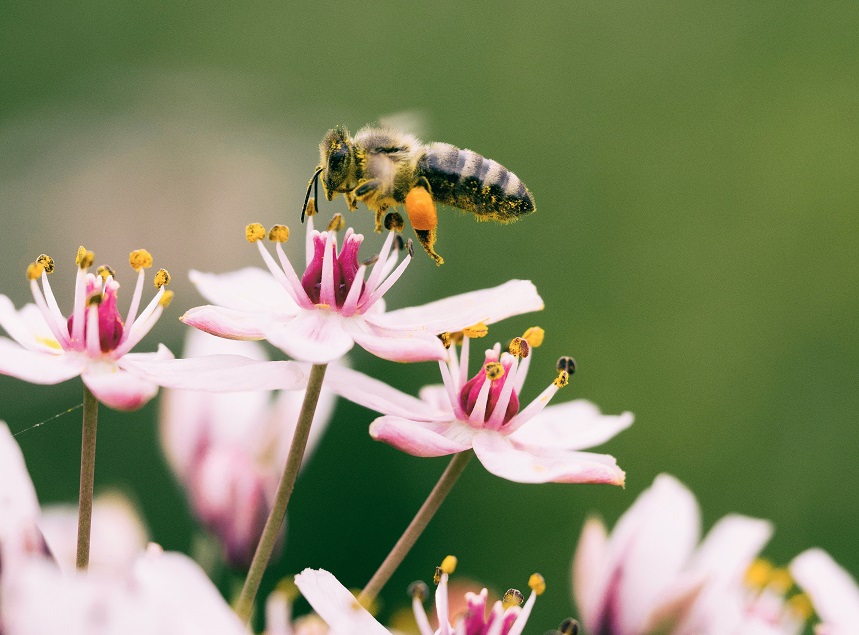Bee News
The shed
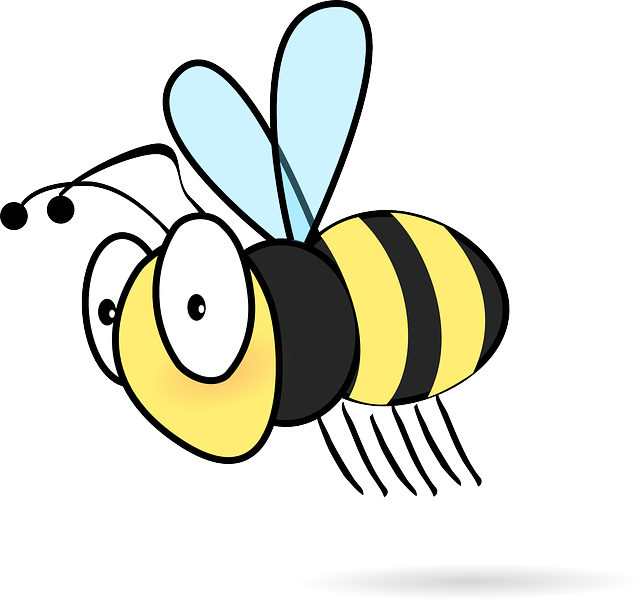


In urban environments, where natural habitats are often scarce, honeybees exhibit remarkable adaptability. One of the unexpected places where these industrious insects establish their homes is under sheds. While it may seem unconventional, sheds provide an excellent mimicry of the hollow trunks bees typically seek for nesting. The sheltered, dark, and warm spaces underneath these structures create a suitable environment for the formation of thriving bee colonies.
Sheds, whether used for storage, gardening tools, or simply as an outdoor workspace, often provide an ideal environment for bees. Most sheds are constructed with wooden materials, which can rot or develop cavities over time. These open spaces are where bees find an inviting home, reminiscent of the natural hollows found in aged trees. The space beneath a shed offers protection from extreme weather and predators, making it a safe haven for a bee colony.
In urban settings, where high-rise buildings and concrete landscapes dominate the environment, bees face challenges in locating suitable nesting sites. They are naturally inclined to find sheltered crevices that provide stability and security. The enclosed void under a shed mimics the protected environments they typically favor, allowing them to build their hives and fulfill their reproductive cycles.
Once a colony settles under a shed, it begins the intricate process of constructing its hive. Honeybees use wax produced from special glands in their bodies to create honeycomb, which serves as both a nursery for their larvae and a storage area for honey and pollen. The warmth of the shed assists in maintaining the ideal temperature for the colony, crucial for brood development.
In addition to providing shelter, the location under a shed may also act as a reference point for foraging bees. Bees from colonies that have established themselves under urban sheds will venture out to locate sources of nectar and pollen from nearby flowering plants, gardens, and even urban landscaping. This ability to navigate urban settings enhances their adaptability and survival, enabling them to thrive in environments with previously limited resources.
Despite the advantages, urban living presents its challenges for bees. Pollution, habitat fragmentation, and urbanization can significantly affect food availability and overall bee health. However, their incredible resilience often leads them to exploit new niches, such as under sheds. For homeowners, discovering a beehive can raise concerns about safety and the potential impact on gardens.
While some might opt for removal, it’s crucial to understand the ecological importance of bees. Their roles as pollinators are vital for sustaining both wild ecosystems and urban gardens. If possible, encouraging the bees to remain and thrive can contribute positively to local biodiversity.
As urbanization continues to reshape landscapes, awareness around the importance of bees and their habitats is paramount. Homeowners should be vigilant about recognizing bee presence and assessing the situation before taking action. Simple measures, like allowing bees to remain undisturbed or seeking advice from local beekeeping groups, can promote coexistence.
